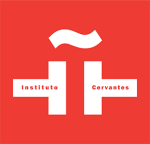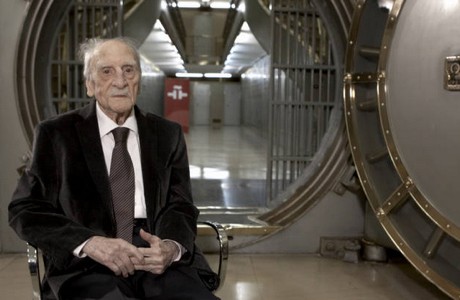Instituto Cervantes
Become a digital leader through online collections

"We greatly appreciate the work we do with OCLC—it's a truly extraordinary partnership. Our library teams are small, and we depend on the support we get from OCLC. To be able to share our ideas and have a constant dialogue with our OCLC colleagues in Spain is invaluable."
Yolanda de la Iglesia Sánchez
Culture Directorate, Department of Libraries and Documentation, Instituto Cervantes
Founded by the Spanish government in 1991, Instituto Cervantes promotes Spanish culture and language teaching in learning centers around the world, from Lisbon to Shanghai and Sydney.
This global presence gives the Institute's network of 60 libraries a broad diversity of users. To meet differing needs in each location, staff have developed a flexible management model combined with common strategy.
The libraries' digital collections reflect this diversity. "Each collection has its own distinctive origins and purpose," says Yolanda de la Iglesias Sánchez, Head of Documentation, Libraries. "They vary in size and format. Some contain photographs, while others are collections of textual documents."
The largest and most important collection is the Digital Memory of Instituto Cervantes. This living collection of photographs captures the intertwining cultural history of the institution and Spain itself.
"It's important to give the Spanish-speaking world a strong presence on the internet. At Instituto Cervantes, we deliver high-quality content to people who are passionate about Spain's language and culture. CONTENTdm® helps us meet this objective."
The Institute's collections were digitized so that they could be shared and used by other libraries around the world. Now held in CONTENTdm, the award-winning collections contain unique items not available elsewhere that attract enquiries from scholars and the press. The Alfonso Sierra Ochoa collection, for example, offers maps and plans of urban development and architecture of Tangiers in Morocco, during the time of the Spanish Protectorate.
"Instituto Cervantes believes in creating cooperative alliances wherever its centers are based," says Yolanda. "We work on the diffusion of Spanish culture, but it's always a dialogue of equals with local cultures."
For some time, the digital collections held on CONTENTdm have appeared in WorldCat. And recently, all the collections became available on WorldCat España, which groups together Spanish libraries into one discovery site. This makes the collections more accessible to the Institute's target audience—people around the world searching for Spanish information.
Instituto Cervantes is entering an intense period of collection-building. One project is a collection of Spanish Civil War pamphlets originally stored in the Institute's London library. Yolanda and her colleagues have discovered similar leaflets in American university collections also held on CONTENTdm.
"It's important to give the Spanish-speaking world a strong presence on the Internet," says Yolanda. "At Instituto Cervantes, we deliver high-quality content to people who are passionate about Spain's language and culture. CONTENTdm helps us meet this objective."
The expertise gained from building these collections has given the libraries a key role in this institution-wide digital transformation program. "You have to know how to generate content and manage information," says Yolanda. "It was a steep learning curve at the beginning, but we devised standard approaches to vocabularies, metadata, and digitization with CONTENTdm and the support of OCLC."
Location
- Madrid, Spain
- Supports the mission of Instituto Cervantes, founded in 1991 to promote Spanish language and culture around the world
- Includes 60 libraries—from Shanghai to Sydney—serving diverse user communities while working towards common goals.
- Across its network are national, public, research and university library services
Related stories

Transform the global visibility of research outputs
Learn how Wageningen University & Research’s digital collections of research images exploded in popularity, creating a global buzz and attracting the attention of an international newspaper.

Preserve your resources and increase visibility
Learn how the Institut Cartogràfic i Geològic de Catalunya preserved their delicate and fragile collections.
